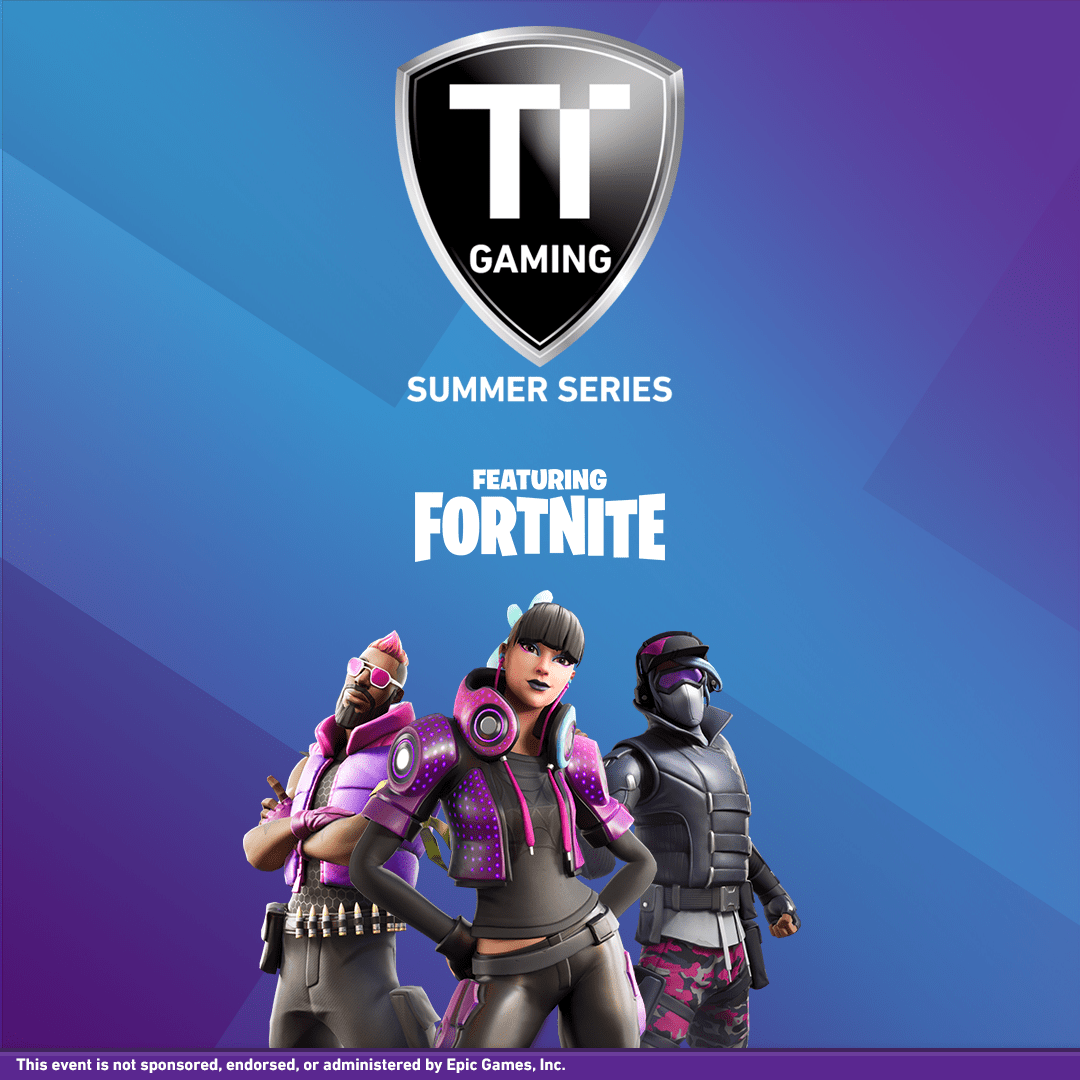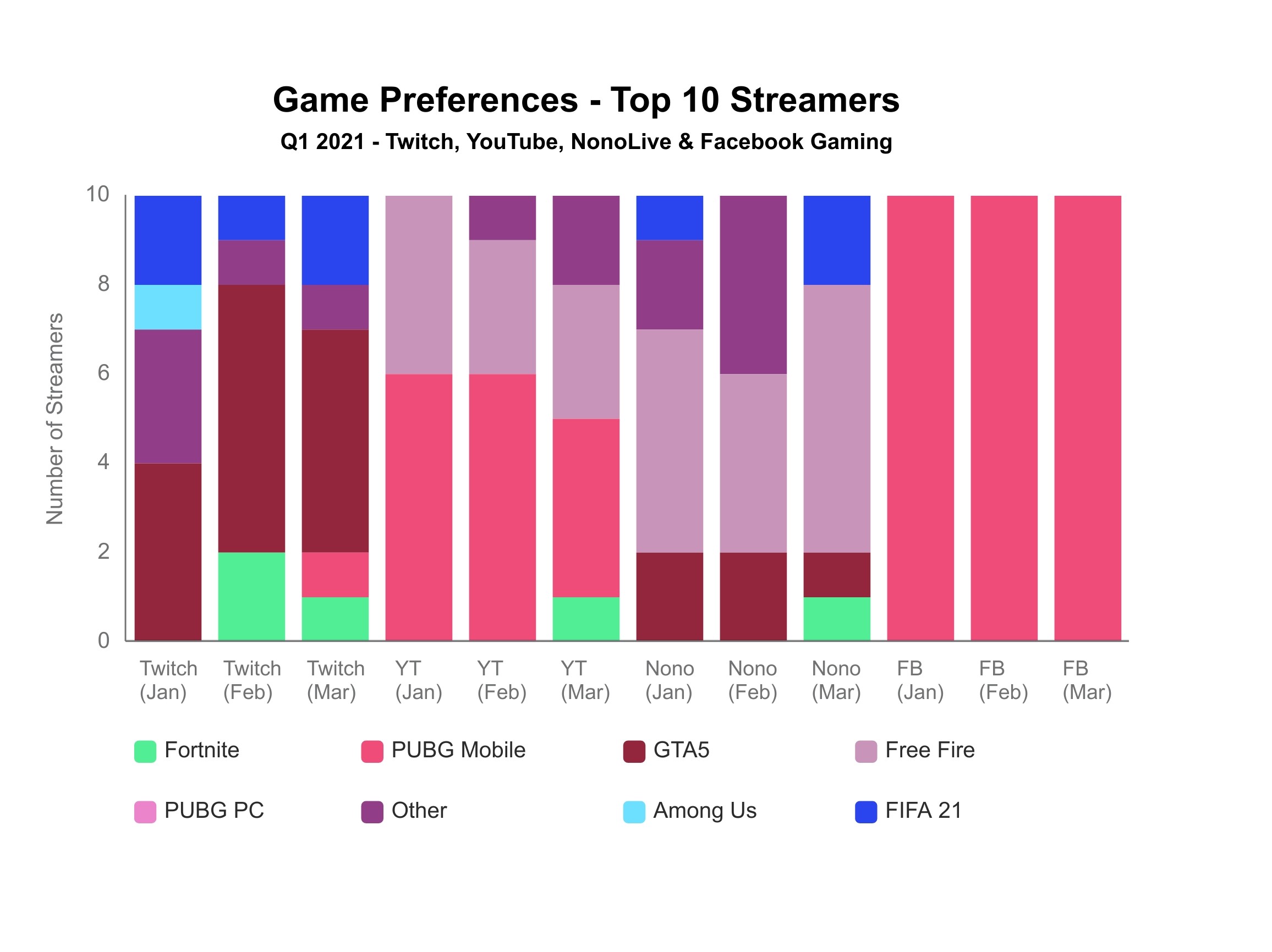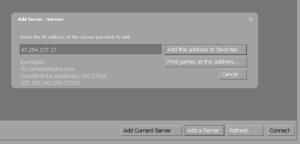Creating an esports marketing campaign involves lots of moving parts and considerations. In this article we’ve broken these parts and considerations into 10 items. By working through all 10 parts you will be in a great position to create a campaign that connects with your target audience and meets your business objectives.
Contents
- Setting Objectives
- Game Choice
- Language
- Messaging
- Creative
- Channels
- Campaign Engagement
- Participant / User Flow
- Data
- Reporting
Setting Objectives
Setting an objective is important for your esports marketing campaign. Depending on the type of product or service you are involved with your objective could be raising awareness of a product launch. You could also be looking to increase sales so an objective of conversions would make sense.
There are several objectives you can aim for and your campaign can combine multiple objectives.
In the conversations we’ve had with clients about projects and campaigns these are the most common we see:
- Reach & Engagement across Social Media: This falls into the “awareness” category because increased Reach and Engagement across Social Media increases the number of people aware of your content and talking/sharing it.
- Participation: This objective is often selected by companies involved in Lead Generation or Data Capture as it enables them to capture data on campaign participants. Form submissions for giveaways and tournament/event signups are two popular methods used in the gaming space.
- Viewership: Viewership also sits in the “awareness” category but is more focused on video or stream views. Viewership and Reach/Engagement can be combined into a single campaign if the campaign activities involve streaming and social media.
- Conversions: More sales focused but the objective could also be registrations for a free trial or product demo or beta registration for a new game.
For example, a gaming event booth may have the objectives of “Reach & Engagement” and “Participation”. The number of people who attend the exhibition stand would be tracked for the objective of Participation. Any photos posted on social media, or comments made, would be tracked and reported on for the objective of “Reach & Engagement.
Another example would be a gaming tournament with the objectives of “Participation” and “Viewership”. While not contradictory some thought would be required for how to generate suitable Viewership that also supports Participation. Viewership is often focused on top tier esports tournaments where participation data isn’t relevant because they are closed events. Working with Influencers who stream and create content is one way to combine these objectives as it enables some form of participation with viewers registering to participate in something. The viewership could also be generated from a tournament the Influencer/Content Creator is involved with.
Once you’ve started thinking about what objectives you want to meet you can begin to think about the other main parts of your esports marketing campaign.
Game Choice
Game choice is one of the biggest considerations for your esports marketing campaign. Each game has a set of players, a community, a way of communicating and places they interact.
Your campaign may want to focus on several games so that you can engage multiple audiences. Location and target audience will play a role in your game choice. Some games are more popular than others in different regions of the world. Players from different age brackets may also have different game preferences. Our quarterly reports into game streaming and viewership for the Middle East show how the top streamers from different countries prefer different games.
Game preferences for the top streamers with the most viewership by platform
There is also a consideration about the type of game. Your brand or company many not be permitted to launch campaigns that include shooting games. This would automatically steer you towards game choices such as sports titles like FIFA, Madden or NBA2K. You could also consider racing game titles or card playing titles such as Hearthstone or Clash Royale.
The next consideration is about audience size – are you looking for a mass audience or an audience that fits a specific profile? Games with hundreds of millions of players may not be the best fit if you have a specific persona or customer profile you are aiming for. These are all considerations when choosing the game(s) for your esports marketing campaign. Research and data companies like YouGov are a great starting point for drilling down into the data about audience sizes for different games in each country.
Language
Language is the 3rd consideration for your esports marketing campaign. Where is your target audience and what language do they speak? Is there a universal language used for a game or do you need to structure your campaign so that it engages players across multiple languages?
Major tournaments are often broadcast in multiple languages so that audiences in different locations can be engaged. This also leads to sponsorship deals with global brands because the tournament enables the brands to connect with audiences in many different locations who speak many different languages.
Messaging
Messaging is the next consideration for your esports marketing campaign. Every game has key terms associated with it whether it is “split-push” for League of Legends or the terminology around the “Team of the Week” players in FIFA.
Choosing the correct messaging for the game and audience you want to engage can be the difference between success and failure. If you adopt messaging that isn’t recognised by the players and community your brand will be portrayed as one that doesn’t “understand”. This leads to issue with authenticity and your ability to build a connection with your target audience.
Another consideration for messaging is around the language you use to describe your brand and products. Do you need to stay “on brand” and potentially be very formal or is there an opportunity to tweak the language you use so that is resonates with the intended audience.
Creative
Once you have thought about your objectives, your choice of language and the messaging the next step is creative.
To use an often borrowed quote – “a picture paints a thousand words”. What do you want your creative assets to say to players?
Are you using brand creative or attempting to access game creative? What about tournament or team creative? Will there be different creative throughout the campaign if the campaign has multiple phases? These are all questions to answer when working with or briefing a creative agency or partner.
Game creative and assets may need approval from the game owner so you should build this in as part of your setup time. Games like Fortnite and PUBG Mobile require approval from Epic and Tencent respectively while EA Sports don’t permit the use of assets when you use their Community Tournament License. Creating something abstract that doesn’t include game assets is often the quicker and easier option if you are on a tight timeline for your campaign.

You need to gain creative approval from Epic for use of the logo and characters. Characters can change every 3-4 months so part of the process is about ensuring you are using the correct character art.
Channels
Now that you have your creative sorted what about channels? How are you promoting your campaign, product or brand to your target audience? Which of the social channels make the most sense based on the age, location and gender of your target audience?
How do your intended channels differ when it comes to content types? TikTok and Instagram are more visual while Twitter can be great for short text engagement. Which streaming platforms makes the most sense for the games being used in your campaign and your target audience? Using the Middle East as an example – viewers and streamers on Twitch prefer Fortnite, while on Facebook Gaming and YouTube it is PUBG Mobile that streamers and viewers prefer.
Are there are other channels that need to be considered? What about reddit – are there existing sub-reddits for the game or community you want to engage? Are there specific hidden communities such as forums or community news portals that it is worth exploring. Big community news portals like Dexerto and Dot Esports can be a useful way to raise awareness of your campaign as they provide coverage on many different esports game titles.
Engagement
When you defined your objectives in step 1 you may have chosen engagement. Now the challenge is to define what exactly engagement means in the context of your esports marketing campaign.
Engagement comes in many different shapes and sizes. If part of your campaign involves a grassroots community tournament then participant numbers and the amount of engagement around content could be a good measure (likes, retweets, shares etc). Encouraging people to retweet content and messages on Twitter can be a good way to increase reach and therefore visibility of your campaign. This “encouragement” could be incentivised but your reporting should consider the fact that some of your engagement can’t be considered organic.
If you are including players, teams or influencers in your campaign then holding AMA sessions on Reddit supported by your brand can also be a great way to generate engagement. This also works for streaming campaigns involving influencers where the sessions may be support by your brand or product.
Other forms of engagement could be form submissions if people are registering for a chance to do X. We recently worked with an advertising agency where part of the campaign idea was to have players and fans submit their details for a chance to play with the influencers and content creators they watch. The level of engagement of the campaign would include the number of registrations during the campaign.
Flow
We’re not talking about flow state but about the flow or journey you want people to undertake. In the previous example we highlighted a campaign that encouraged players and fans to register for a chance to play with their favourite influencers and content creators. This campaign example may have a flow like this:
- Promote campaign to audience with sponsored posts across social and advertorial on community website
- Drive traffic to landing page to learn more about chance to play with influencers and content creators
- Player/Fan submits a registration form for their chance to win
- Data is captured and player/fan is presented with an opportunity to improve their chances of winning by tweeting about the campaign on Twitter
- Player/Fan is sent an email confirmation of their registration and details of when the winners will be selected
This is a simple example but hopefully it shows you that there should be some consideration for the flow of your campaign. This flow or journey may include items related to promotion of your esports marketing campaign, the steps a user needs to undertake or how the campaign concludes.
Data
The 9th consideration is about data. You may be capturing it as part of the flow for your campaign but what type of data is it and how does it add value to your business and to the player/fan who submitted it?
Data can be captured directly from the user themselves (tell us why you….) or obtained from 3rd parties you are using as part of the campaign. Capturing it directly can help support future campaigns and communication. There are some legal considerations here depending on the target audience and the jurisdictions you are operating in but you should definitely be spending time thinking about data capture and usage.
Reporting
The final part of your esports marketing campaign is around reporting. What metrics or KPIs are important and how does that translate into success? Reporting should be built in a way that joins the dots between each part of the campaign. This enables you to see which parts worked and which didn’t. Did your Twitter conversation drive more conversions or your banner advertising? Which proved the most successful in generating reach for your message and brand?
Which influencers or content creators were more successful in creating awareness for your product or brand? Which channel was most effective in generating registration form submissions? Which streaming platform generated the most viewership? What was the average CPC or CPA for your advertising campaigns?
These are all examples of things that could be relevant to the reporting of your campaign. If you are working with a 3rd party supplier or agency then agree in advance what the KPIs are based on the campaign objectives and campaign elements. This helps you agree on a plan for how the reporting will be written and presented to you once the campaign has been completed.
Conclusion
As you can see from this article, there are many considerations for your esports marketing campaign and you may choose to delegate or outsource some or all of them. If you are managing the campaign internally then we suggest identifying the team members and roles that will be required – it could be someone to interact with the influencers and negotiate with them or it could be someone to manage the PPC if you are doing some paid advertising to promote your product or brand.
For 3rd parties and agency partners you will need a similar process. Based on the ideas presented by the 3rd party / agency you should have the discussion about roles, responsibilities and levels of involvement depending on the flow and duration of the campaign. Creative resource may not be required for the whole campaign but may be required in the setup phase.
Likewise, someone who specialises in data analysis and reporting may only be needed at the end of the campaign once everything has been completed. To learn more about how we can support you with campaigns we invite you to read the pages related to Tournament & Event Management and Gaming & Influencer Campaigns here on the website.
In summary, esports marketing campaigns are a great way to engage a new audience and position your brand or product but you should spend a little time thinking about the 10 items we’ve identified if you want to make your campaign a success for both you and the gaming community.



